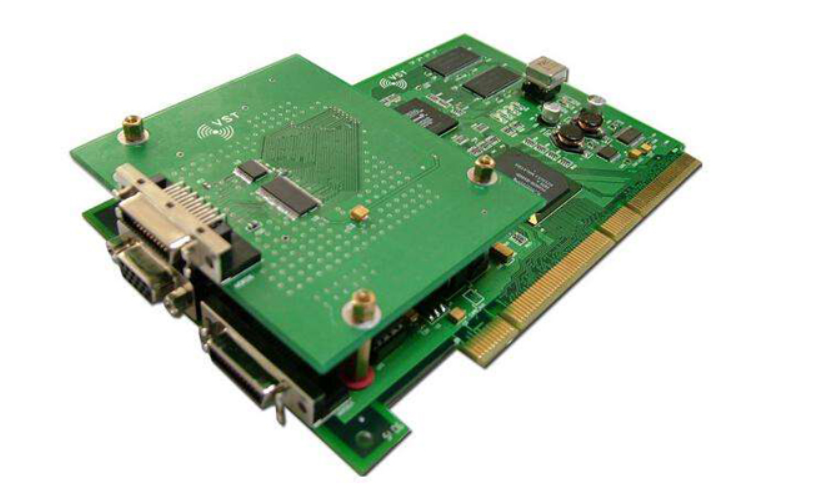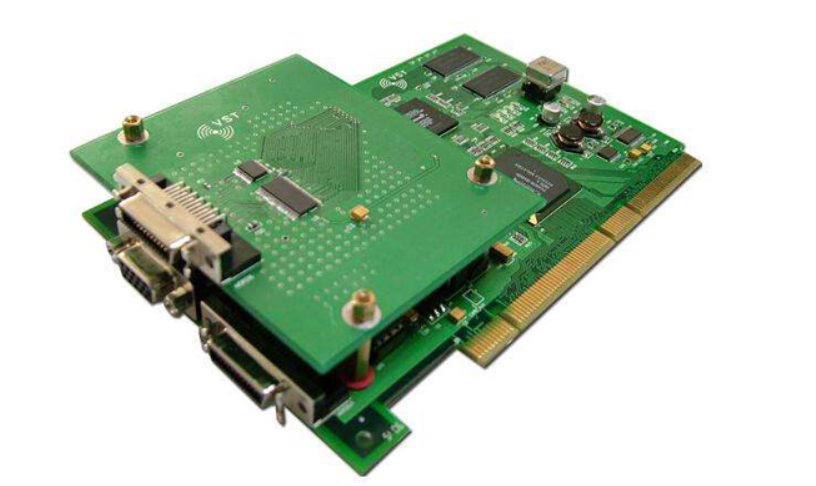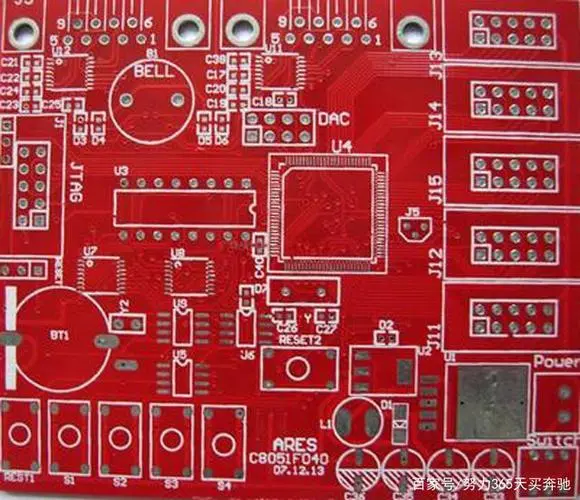

How is blistering on the circuit board caused?
Blistering on the circuit board surface is actually a problem of poor board adhesion, whICh is also a problem of board surface quality. This includes two aspects:
1. The cleanliness of the board surface;
2. Surface micro roughness (or surface energy).
The blistering problem on all boards can be summarized as the above reasons.

The binding force between the coatings is poor or too low, which makes it difficult to resist the coating stress, mechanical stress and thermal stress generated in the production and processing process in the subsequent production and processing process and assembly process, and finally causes the separation of the coatings to varying degrees.
Some factors that may cause poor board surface quality during PCB production and processing are summarized as follows:
1. Problems of substrate processing:
Especially for some thin substrates (generally less than 0.8mm), it is not suitable to use a brush because of the poor rigidity of the substrate. In this way, it may not be possible to effectively remove the protective layer specially treated to prevent the oxidation of the copper foil on the board surface during the production and processing of the substrate. Although this layer is thin and easy to remove by brushing, it is difficult to use chEMIcal treatment. Therefore, attention should be paid to control during the production and processing to avoid the blistering problem on the board surface caused by the poor adhesion between the copper foil and the chemical copper; When the thin inner layer is blackened, there are also problems such as poor blackening and browning, uneven color, and poor local blackening and browning.
2. Poor surface treatment caused by oil contamination or other liquid contamination of the PCB surface during machining (drilling, laminating, milling, etc.).
3. Poor copper brush plate:
The pressure of the grinding plate before copper sinking is too high, resulting in the deformation of the orifice, brushing out the corner corner of the orifice copper foil, or even leaking the base material at the orifice, which will cause blistering at the orifice in the process of copper sinking, electroplating, tin spraying, welding, etc; Even though the brush plate does not cause leakage of the base material, the overweight brush plate will increase the roughness of the copper at the orifice. Therefore, the copper foil at this place is very easy to coarsen during the micro etching process, and there will also be some quality risks; Therefore, attention should be paid to strengthening the control of the brush plate process, and the brush plate process parameters can be adjusted to the best through the abrasion test and water film test;
4. Water washing problem:
A large number of chemical solutions are required for copper plating treatment. There are many kinds of acid, alkali, non-polar organic and other pharmaceutical solvents, and the board surface is not washed clean. In particular, the adjustment of degreaser for copper plating will not only cause cross contamination, but also cause local poor treatment or poor treatment effect, uneven defects, and cause some problems in adhesion; Therefore, attention should be paid to strengthening the control of water washing, mainly including the control of water flow, water quality, water washing time, and dripping time of the board; Especially in winter when the temperature is low, the washing effect will be greatly reduced, and more attention should be paid to the control of washing;
5. Micro etching in copper precipitation pretreatment and pattern electroplating pretreatment:
Excessive micro etching will cause the PCB orifice to leak the base material, causing blistering around the PCB orifice; Inadequate micro etching will also lead to insufficient bonding force, leading to blistering; Therefore, it is necessary to strengthen the control of micro etching; Generally, the micro etching depth of pretreatment for copper deposition is 1.5-2 μ m, and the micro etching depth of pretreatment for pattern electroplating is 0.3-1 μ m. If possible, it is better to control the micro etching thickness or rate through chemical analysis and SIMple test weighing method; Generally, the plate surface after micro etching has bright color, which is uniform pink, without reflection; If the color is uneven or there is reflection, it indicates that there is a potential quality hazard in the pre processing; Pay attention to strengthening inspection; In addition, the copper content, bath temperature, loading capacity and micro etchant content of the micro etching bath should be noted;
6. Poor rework of PCB copper sinking:
Some reworked boards after copper deposition or pattern transformation will blister on the PCB surface due to poor fading, incorrect reworking method or improper control of micro etching time during reworking or other reasons; If poor copper deposition is found on the line for rework of copper plate, it can be directly reworked without corrosion after oil removal from the line directly after water washing; It is better not to degrease and slightly erode again; For the plates that have been electrically thickened, the micro etching groove shall be removed. Pay attention to the time control. You can use one or two plates to roughly calculate the removal time to ensure the removal effect; After deplating, apply a group of soft grinding brushes behind the brush machine to brush lightly and then deposit copper according to the normal production process, but the etching and micro etching time shall be halved or adjusted as necessary
This paper introduces some factors that cause poor PCB surface quality during PCB production and processing
然后
聯系
電話熱線
13410863085Q Q

微信

- 郵箱










